To listen to the music records with pleasure at home, it is not enough to purchase a high-quality audio system - it is necessary to "make" it properly sound, that is, take care of good acoustics in the room.
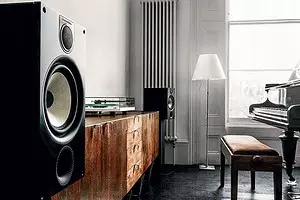
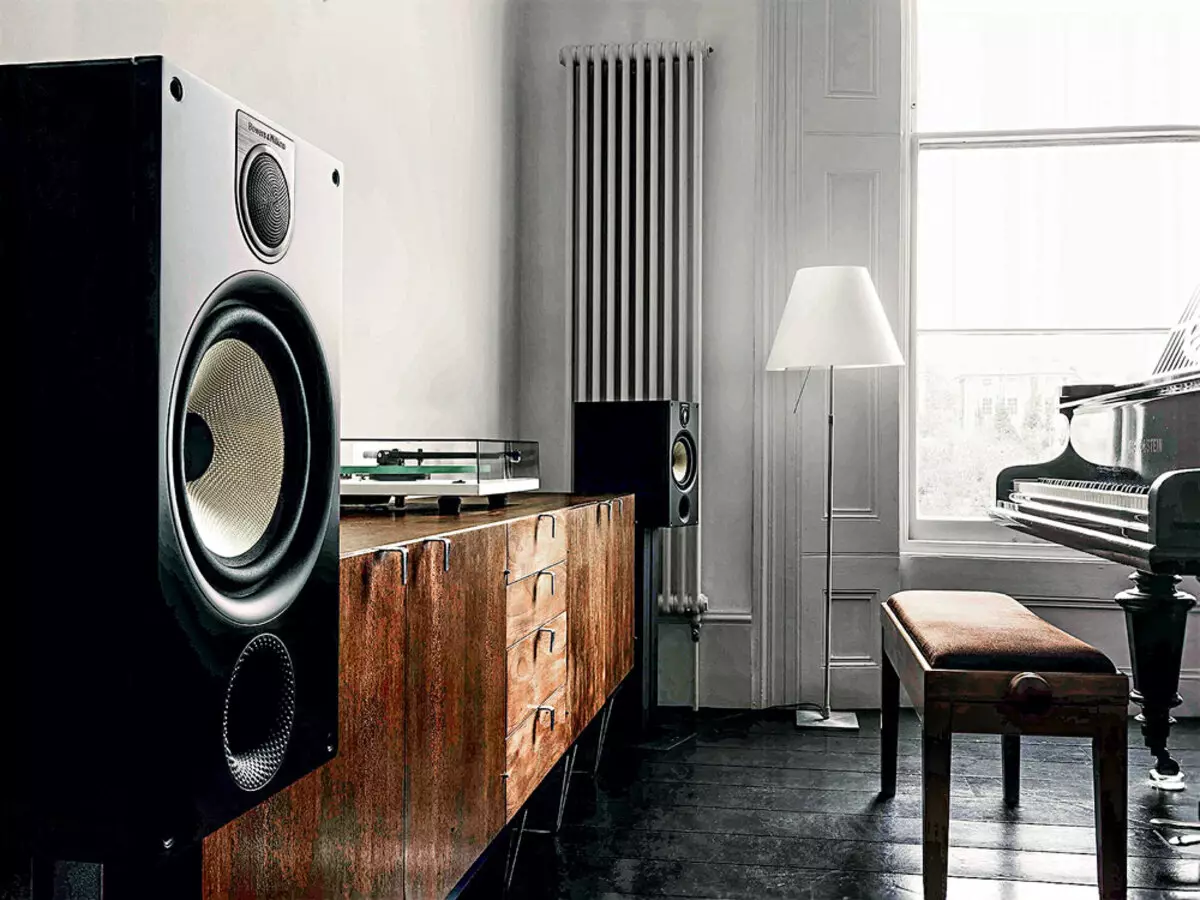
Photo: Bowers & Wilkins
Real music lovers probably noticed that the apartment was not easy to achieve a good sound of music. The sound is distorted due to the reflection of the walls and the ceiling, which, besides the resonance and create acoustic interference (this effect is proportional to the playback volume). Fight with echo begin with the correct installation of the elements of the audio system.
Why does the sound quality suffer?
The most difficult to achieve satisfactory sound of symphonic music, as well as compositions in the genres of hard rock and metal. Even after the total acoustic "upgrade" of the premises about this concert sound remains only to dream. The fact is that the most popular format of digital audio recordings - MP3 - is not adapted to the music of these areas (it is optimal for pop and folk music). The encoding occurs with losses, resulting in dissonance, usually perceived as the dominance of certain tools or their groups. Unfortunately, recordings in other formats (OGG Vorbis, AAC, WMA) are rare.Set speakers
Consider a classic version with two loudspeakers and, optionally, the subwoofer (multichannel components of the volumetric sound used in home theaters do not provide special advantages when playing music).
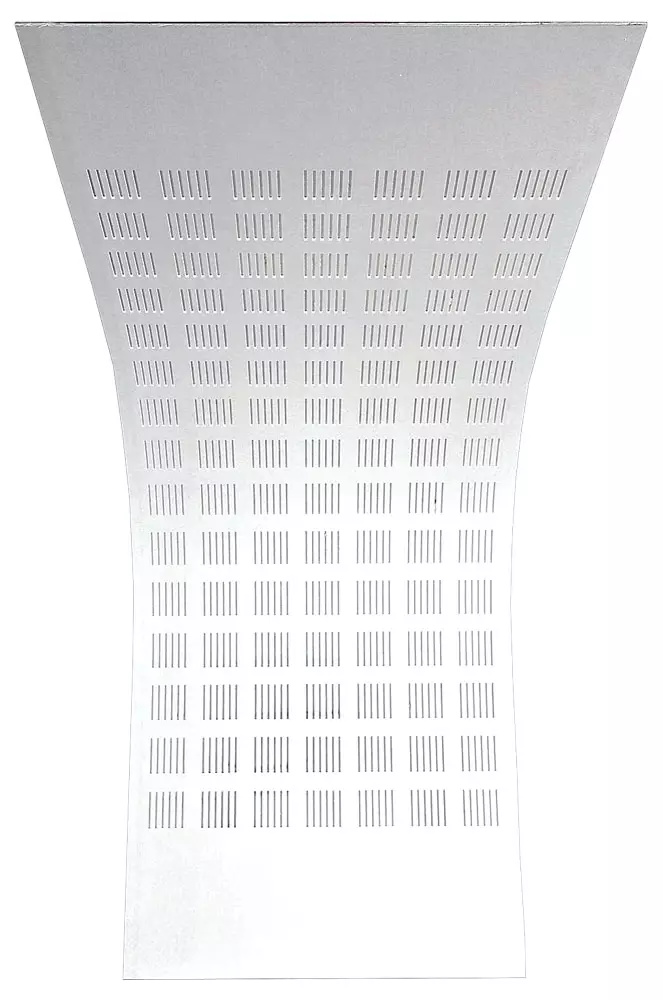
Photo: "Saint-Goben"
Perforated and lattice products do not return the sound wave, and pass it and partially dispel; In this case, the sound, reflected from the capital wall, "stuck" in the space behind the panel. Such a skin extends low frequencies.
Experts are not advised to inspire speakers on the walls, because as a result of direct transmission of vibration there is a strong hum; It is better to use an acoustic podium with a height of 0.5-1.2 m. This design is made, for example, from perforated plywood sheets, they are inhabited from the inside with a fibrous material (best in thick felt), and the outside is tightly tightly.
Ideally, the distance between the loudspeakers and the wall behind them should be ⅓ or ⅕ from the distance to the opposite wall. If this location is not possible, the wall behind the speakers should be separated by noise-absorbing panels.
It is advisable to establish the main speakers at one level, at least 1.5 m from each other and on an equal distance from the side walls; A place for a subwoofer is experienced, but in any case, it should not be contacted with speakers.
Ceiling built-in speakers are suitable for creating a soft musical background. Preference should be given to turning models, allowing you to optimize the sound in the listening zone
Acoustic repair
Significantly reduce the intensity of reflected sound waves and thereby radically improve acoustics allows the decoration of walls (one or more) and the ceiling of the room with echoocrelecting materials. It is possible to experimentally determine which surfaces need special trim: to purchase several acoustic panels and move them, watching sound changes.
The easiest way to use large-format perforated plasterboard panels or MDF (similar products produced by Saint-Goben, Knauf, Leto, Acoustic Group, etc.), which are suitable for finishing both walls and ceiling; Some products have a decorative facial layer (for example, from a veneer of a tree) and do not need to be painted.
In rooms of less than 16 m2, it makes sense to apply sound-absorbing panels from plant and mineral fibers, chips, glass and polymer granules (OWA, ECOPHON, STENBERG, etc.). They have a significant thickness (up to 50 mm) and on the walls can be mounted without a frame - adhesive way. Panels have low density and low value of the dynamic modulus of elasticity; Powing on them, the sound waves lose energy, and the reverb time (sound attenuation) decreases. Additionally, you can purchase "bass traps" - volumetric angular modules filled with foam rubber. However, the absorbers should be used with caution: there is a risk too much to seduce the sound on medium and high frequencies.
It is believed that for the optimal sound of symphonic music, the room should be separated by embossed acoustic panels from extrusion foam plastics, MDF and wood array.
Finally, it is necessary to mention the acoustic stretch ceilings from the PVC film and polyester cloth with microperphoration (they are in the assortment of most manufacturers of tensioning systems). In terms of cost and efficiency, the tensioning system is comparable to plasterboard acoustic panels, but can be mounted in one day without dusty processes.
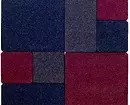
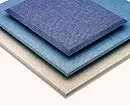
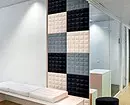

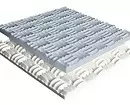
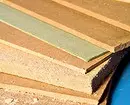

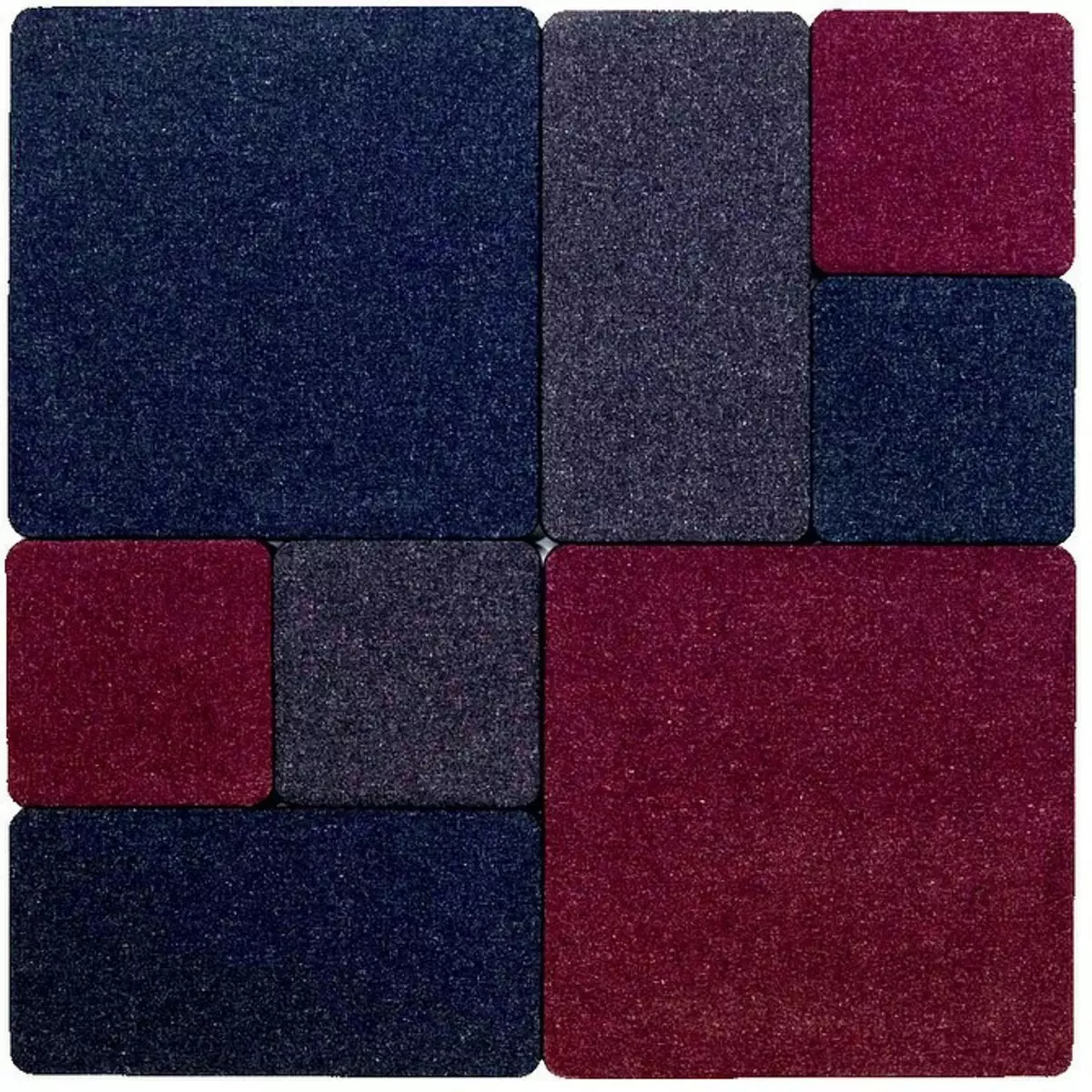
Decorative panels from materials with a porous structure, such as foam rubber and felt (2, 5-7), perfectly suppress acoustic interference on medium and high frequencies.
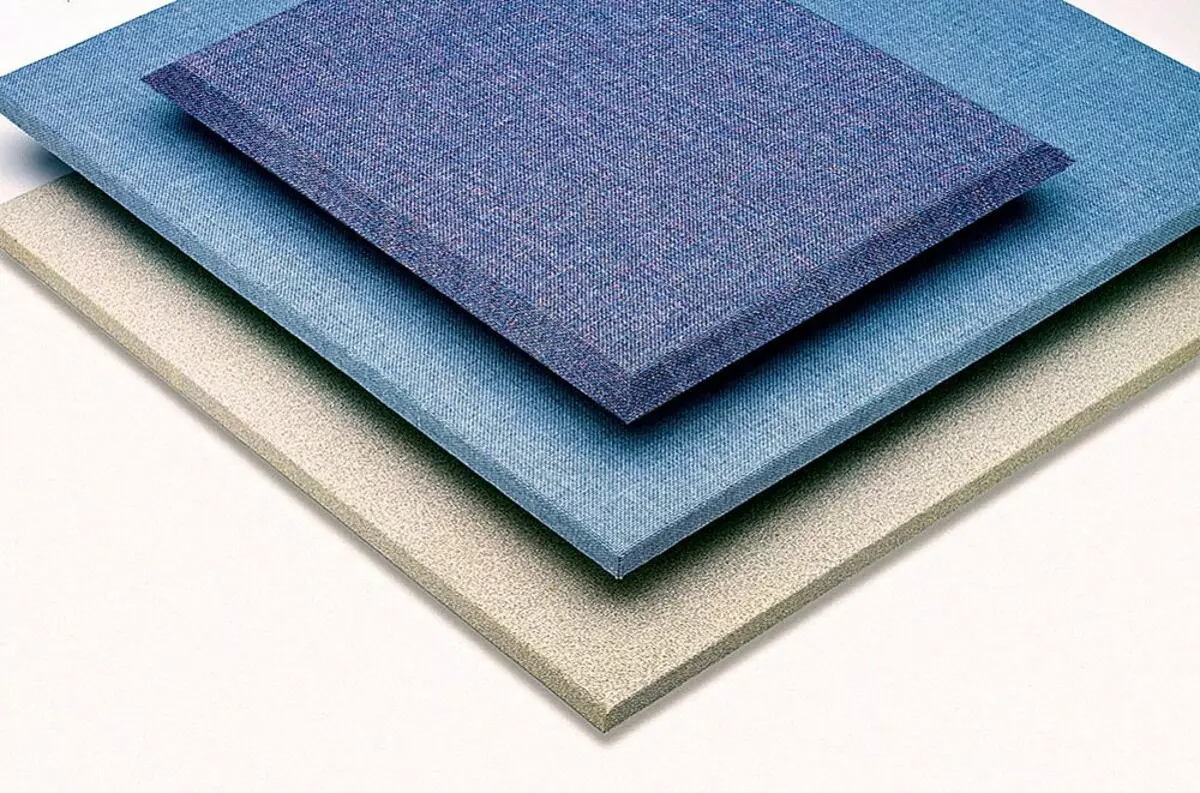
Decorative panels from materials with porous structure
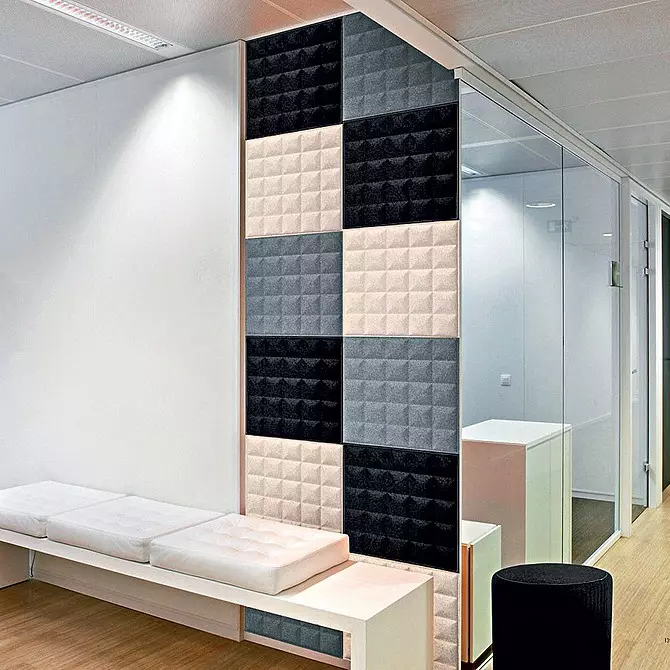
Decorative panels from materials with porous structure
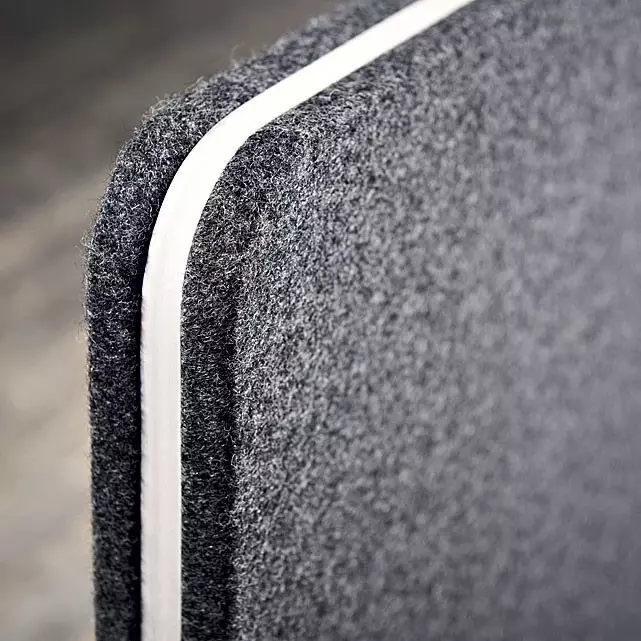
Decorative panels from materials with porous structure
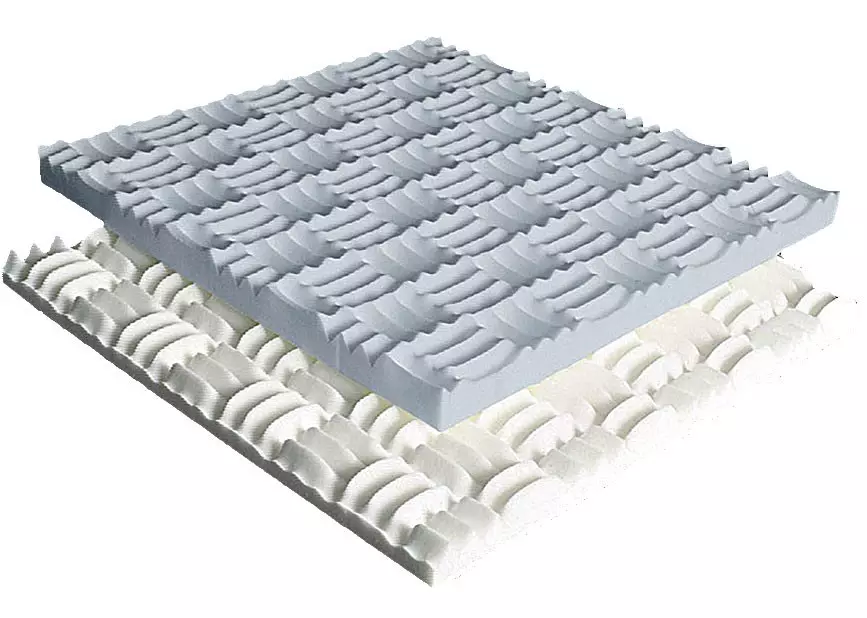
Relief acoustic panels from foamed plastics (Bogart Saundvave, Ehocorrr, etc.) reduce echo and practically do not affect frequency response sound
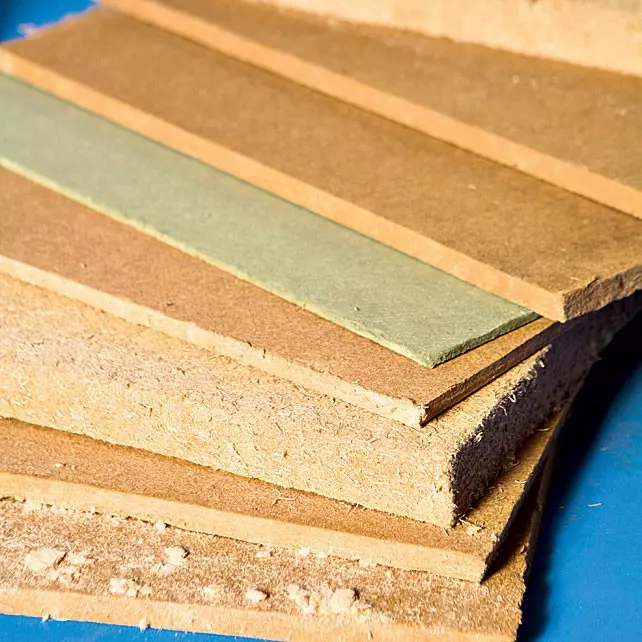
Soft fiberboard, glued to the walls from the sound source, not only improve acoustics, but also perform an insulating function. True, wood fiber plates need trim, such as painting or salary by wallpaper
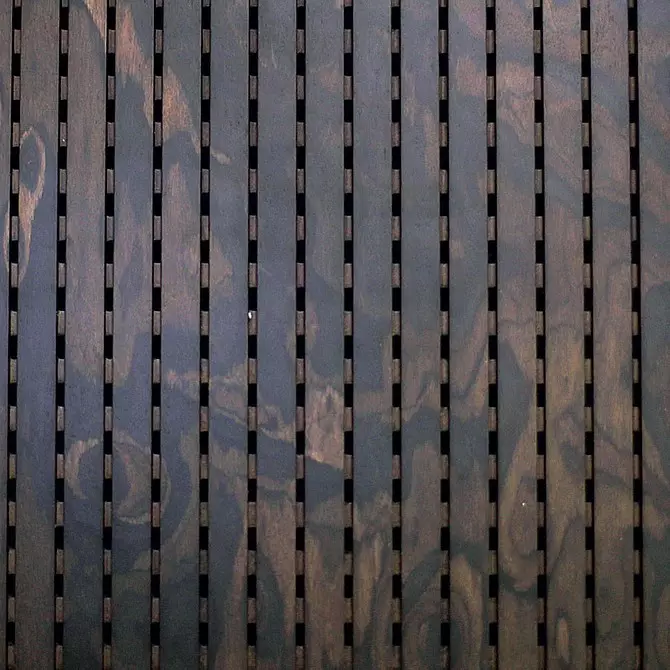
Perforated and lattice wood products
